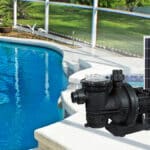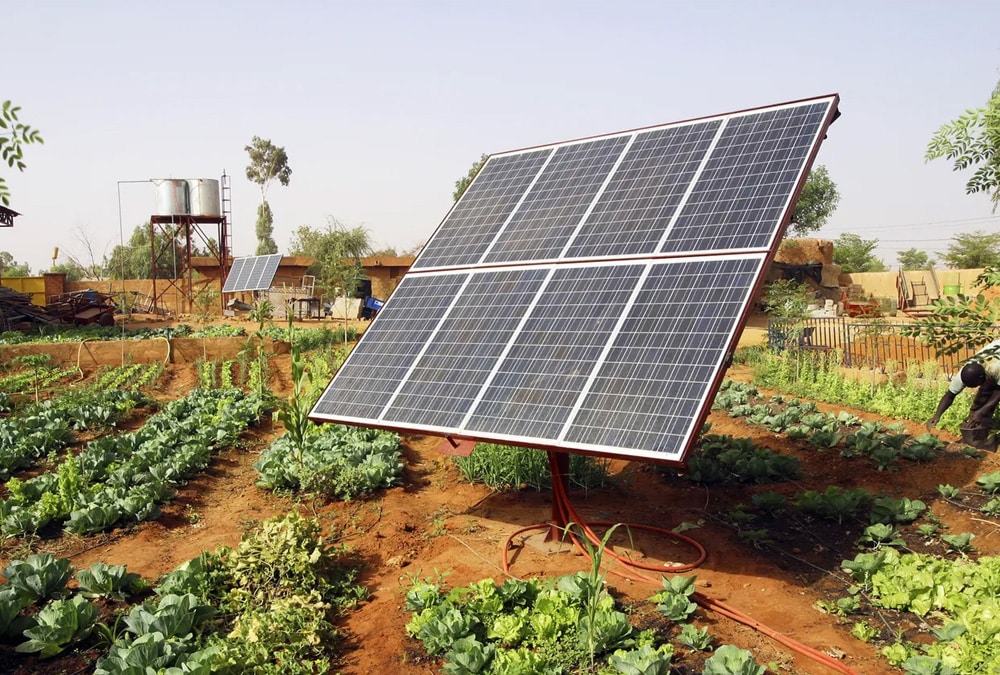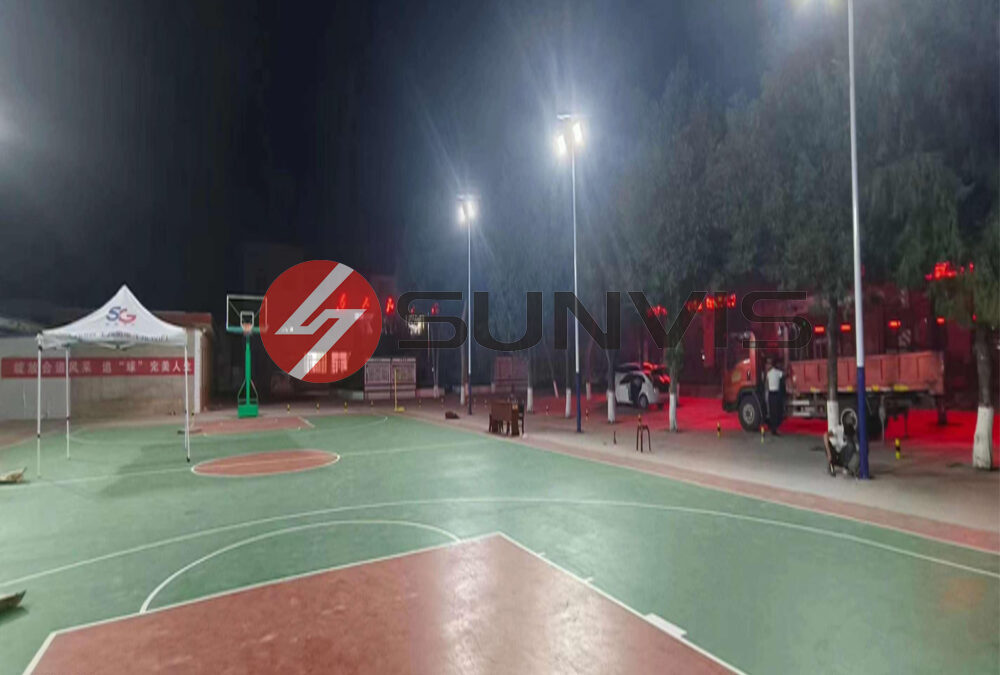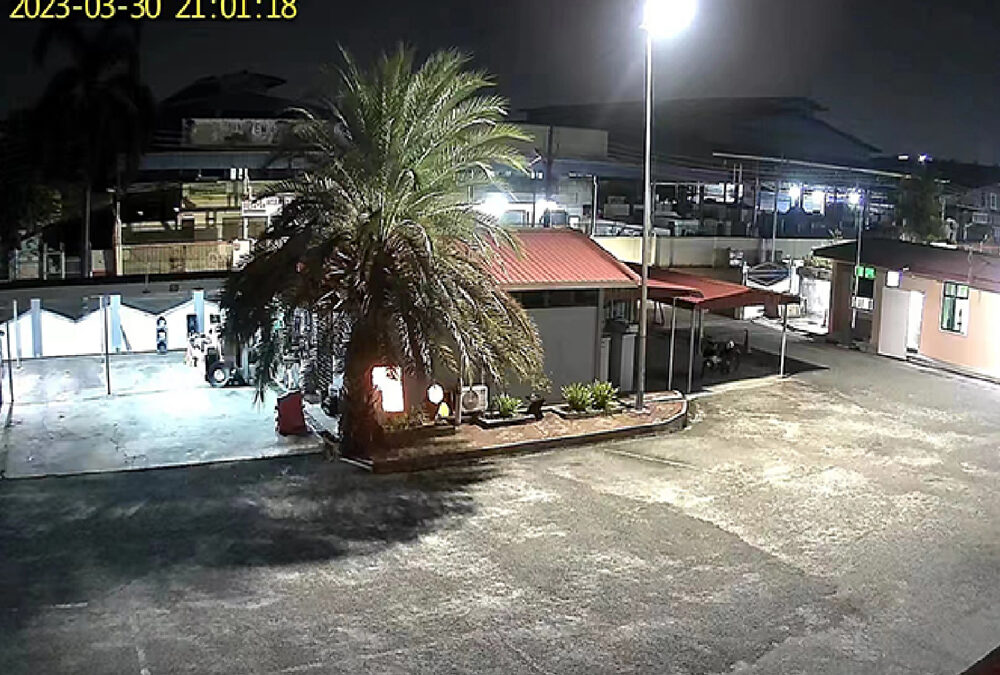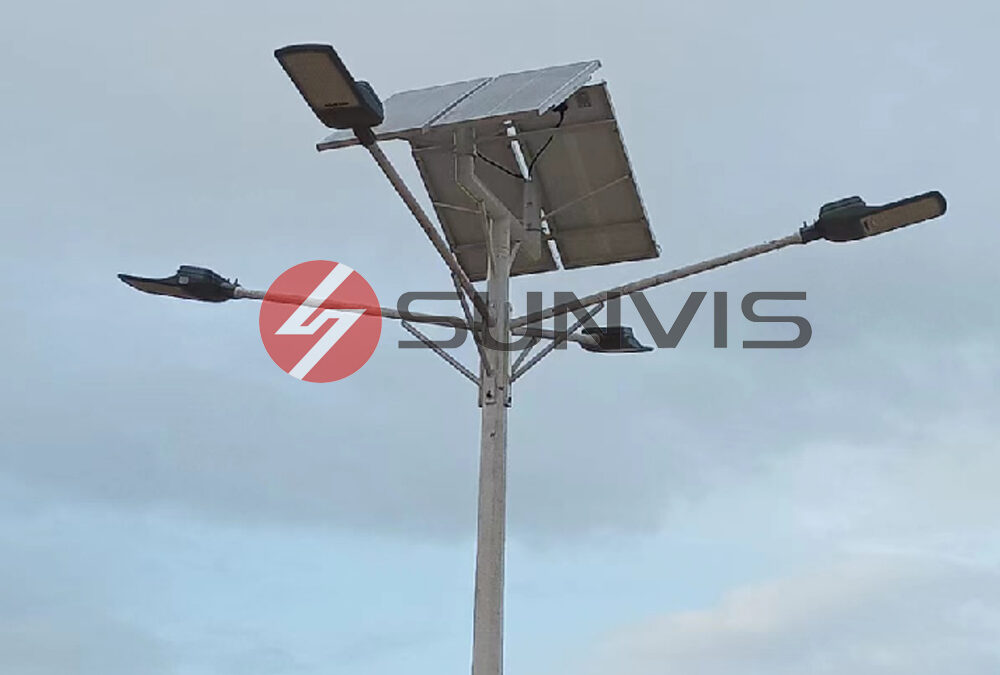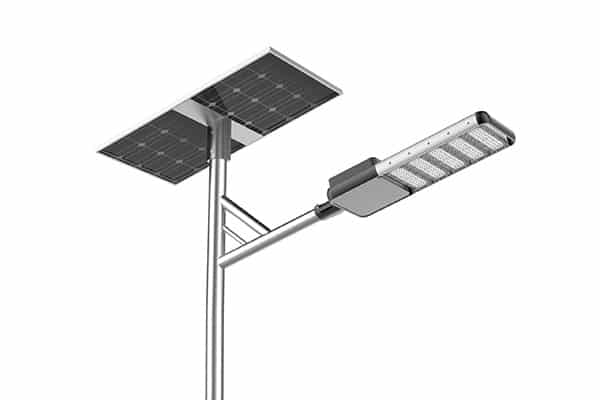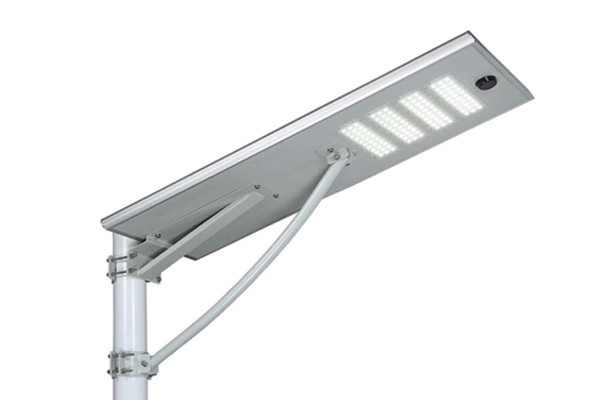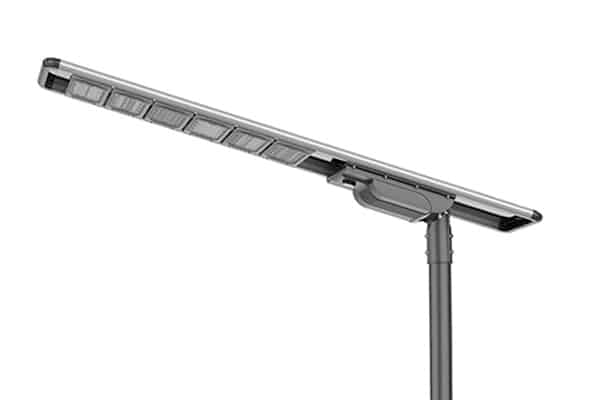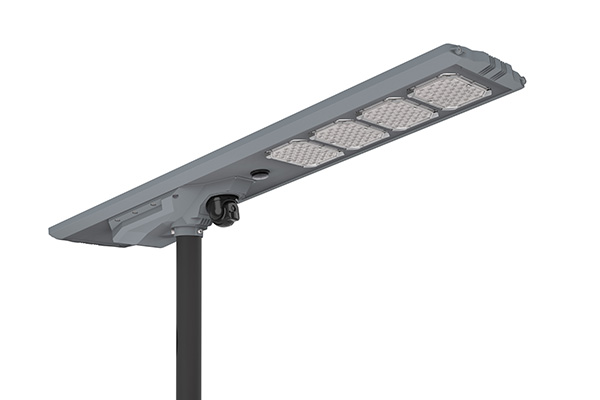Introduction
Deep well submersible pumps are lifting machines that are directly connected to the motor and submerged in water. They have the advantages of simple structure, high efficiency, low noise, safe and reliable operation, and convenient installation and maintenance.
Deep well submersible pumps can extract water resources from deep wells, hot wells, and oceans. They can also be used to extract water resources from rivers, reservoirs, and canals. They are mainly used for agricultural irrigation and water supply in high-altitude mountainous areas, and can also be used for urban, industrial, railway, mining, and construction site water supply and drainage.
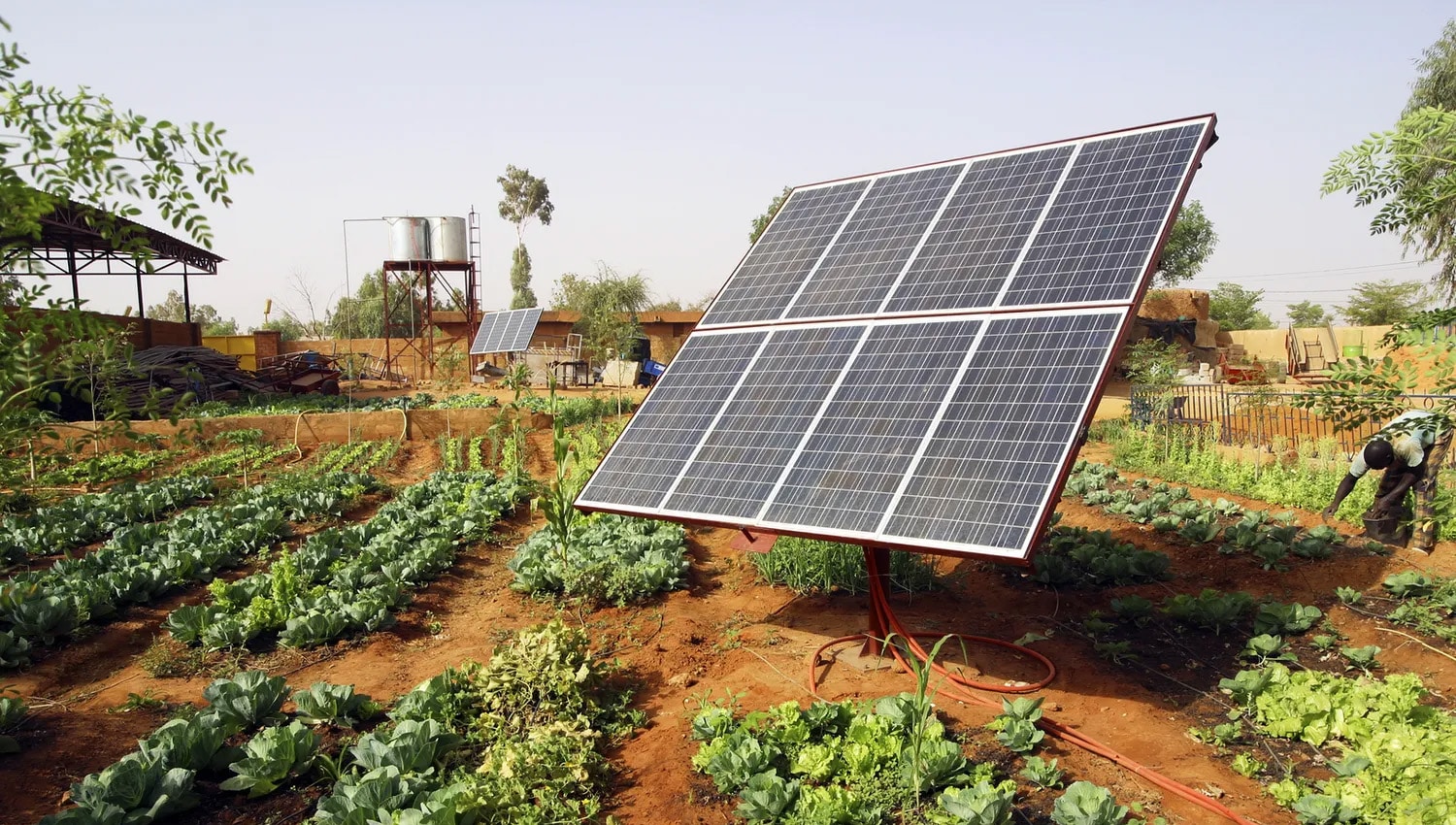
How to choose a deep well submersible pump?
It is very important to choose the appropriate submersible pump specifications and models according to the actual working environment. In inappropriate conditions, even the best quality products cannot be used normally. We should consider multiple factors to determine the appropriate product model to meet the water supply requirements.
Parameters used in the selection of deep well pumps
Inflow rate (m3/h): The amount of water flowing out of the well in a unit of time.
Static water level (m): The distance from the wellhead to the water surface before pumping starts.
Dynamic water level (m): When pumping starts, the water level in the well decreases with pumping time. When the water level stabilizes at a certain depth after the water pump flow rate becomes relatively stable, the distance from the water surface to the wellhead.
Well diameter (mm): Water well diameters are available in various specifications such as 100, 150, 200, 250, and 300 mm.
Flow rate (m3/h): The amount of liquid output by the pump in a unit of time.
Head (m): The vertical distance from the water level to the outlet position (net head) plus the head loss in the pipeline.
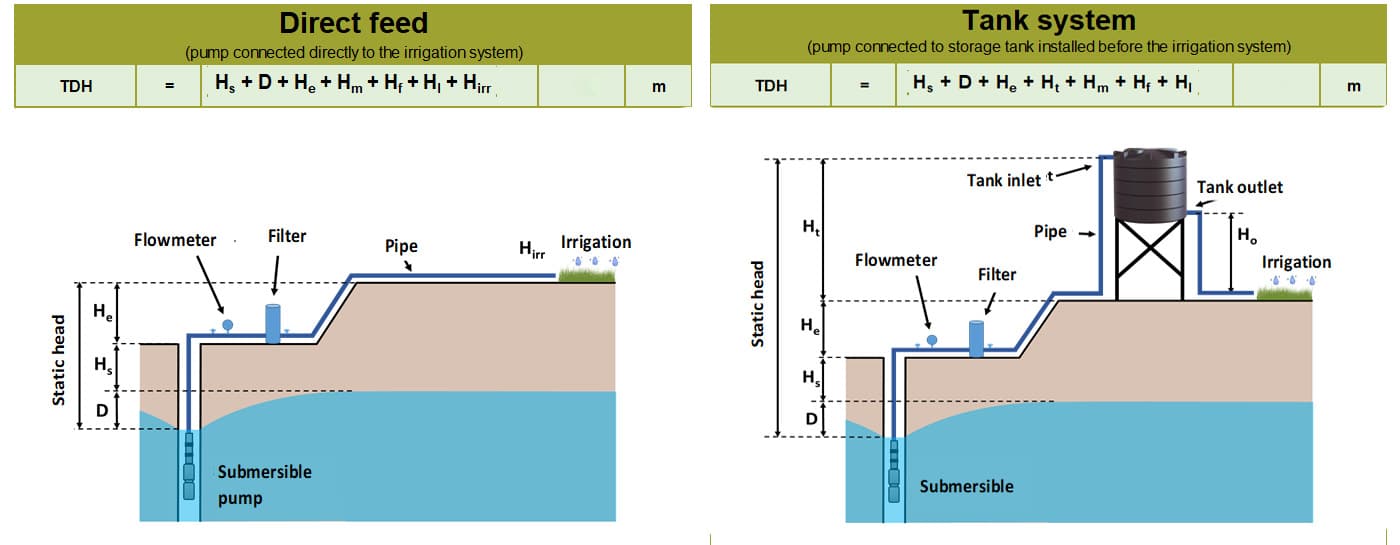
Selection of specific models
Selection of well diameter
Determine the pump type based on the well diameter and water quality. Different types of pumps have different requirements for the wellhead diameter. The maximum external dimensions of the pump under normal conditions should be smaller than the well diameter by 25-50mm.
If the inner wall of the wellhead is inclined, the maximum external dimensions of the pump should be even smaller. Ensuring the safety distance mentioned above can extend the service life of the well and the deep well submersible pump.
Selection of flow rate
Select the flow rate of the well pump based on the actual inflow rate of the well. Each well has an economically optimal inflow rate.
The flow rate of the pump should be equal to or less than the inflow rate when the water level in the well drops to half the depth of the well water.
When the pumping volume exceeds the inflow volume of the well, it will cause collapse and deposition of the well wall, affecting the service life of the well.
If the pumping volume is too small, the efficiency of the well will not be fully utilized. Therefore, the best way is to conduct pumping tests on the well to determine the inflow rate that the well may provide as the basis for selecting the pump flow rate.
Selection of head
The head of the pump refers to the height to which the pump can lift water. Determine the head of the deep well pump based on the depth of the well and the head loss in the water delivery pipeline.
It is equal to the vertical distance from the water level to the water surface in the outlet pool (net head) plus the head loss.
In actual operation, the pump does not move straight up and down. It will go through elbows, tees, and horizontal distances, all of which are head losses.
Therefore, we need to estimate the head of the pump more accurately.
Using water as the conveying medium as a reference:
- 1 elbow ≈ 0.5 meters of head loss for the pump
- 10 meters of horizontal distance ≈ 1 meter of head loss for the pump
Calculation method of pump head When selecting the head, the user needs to organize and confirm the actual working condition information (inflow rate, static water level, dynamic water level, actual outlet position, pipeline length, etc.), and provide it to the pump manufacturer.
The solar well pump manufacturer will select the most economical pump model for you based on the working conditions.
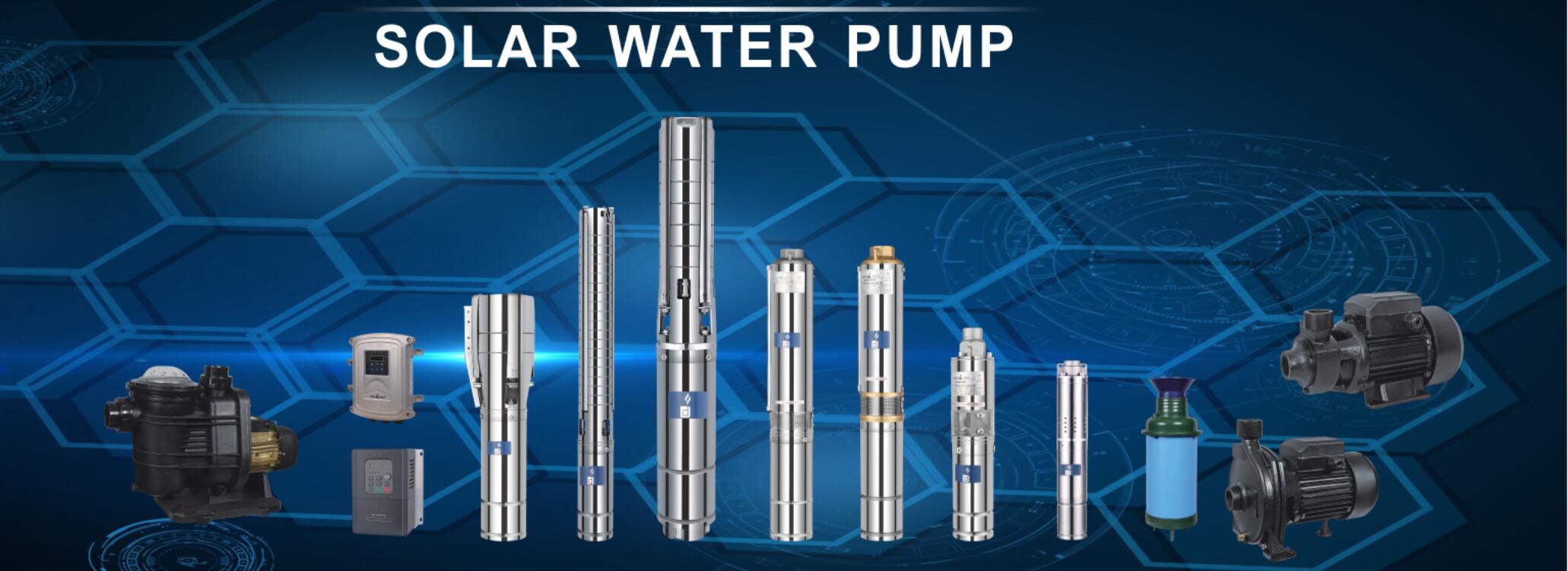
Precautions
If a high-head pump is used for low-head water pumping, its flow rate will inevitably increase. Even if it operates outside the working range, it will operate with high flow rates, low efficiency, and high energy consumption.
On the surface, it may seem to accelerate pumping speed and improve pumping efficiency, but in reality, it is not worth it and should not be advocated.
Because when the flow rate of the pump reaches or exceeds the maximum extraction capacity of the well, the structure of the filter layer outside the well pipe will be damaged. Lighter, a large amount of sand will enter the well, and heavier, the ground near the wellhead will sink, endangering the safety of the well.
In addition, when the pump operates at a long-term high head, high flow rate, low efficiency, and high-speed, the inlet flow rate of the pump will accelerate, which will destroy the chemical balance of the groundwater, causing dissolved substances in the water to precipitate and accumulate in the water inlet gaps of the filter pipe, accelerating scaling, blocking the filter screen, and with time, the blockage will continue to worsen.
The pump will be corroded and cavitation will occur, leading to premature damage, increased consumption, and increased electricity costs.
Therefore, the selection of the head of the deep well pump must be equal to or slightly greater than the total head loss consumed during the water delivery process.
Conclusion
After understanding the above information, we can choose deep well pumps. Deep well pumps selected in this way can basically meet the needs of use. Have you learned it?
If you encounter problems in the process of pump selection, you are welcome to contact us


